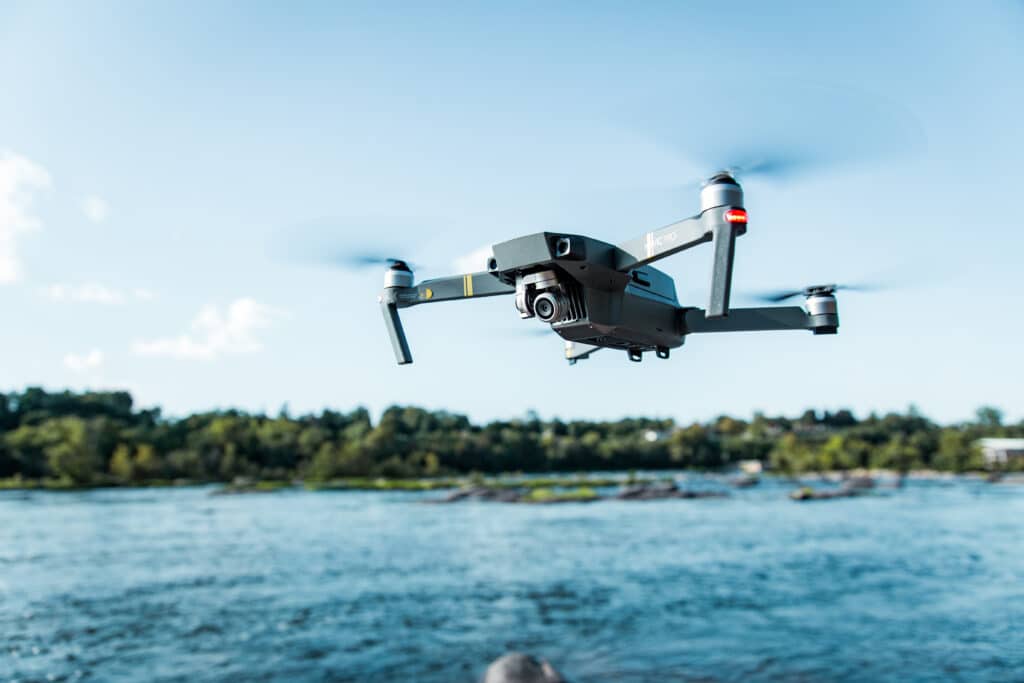The drone industry is growing, with the devices being used in many different sectors – ranging from agriculture to the military. Drones have numerous functions for professional and personal use, so it’s not surprising that Business Insider cites that around 1.32 million recreational drones were already registered in the U.S. in 2019. Drones are expected to grow in popularity in the next few years, and experts predict that these gadgets can add $82 billion and a 100,000 job boost to the US economy by 2025.
With the ability to shoot amazing scenes from different angles that would be impossible for you to get yourself, the hype around drones is understandable. If you’re planning to get a drone to take your own shots with, here are a few things to keep in mind when choosing a drone:
Photography Capabilities
If you’re an amateur or a casual hobbyist who just wants to take photos for the memories, you won’t mind them being shot in JPEG. But if you plan on using photo-editing software, JPEG would be too low for professional photography. Instead, find a drone that can shoot in RAW format, so that you can process the uncompressed image data however you want. DJI’s consumer-level drones, such as the Inspire 2 and Phantom 4 Pro, have the ability to shoot in RAW.
Aside from that, Vikram Singh Rao also states that drones with photogrammetry capabilities allow you to capture photographs of structures, scenes, and even objects from various angles. This allows you to create a 360-degree view of your favorite traveling spots from your trip.
Price range
Beginner drones cost less than $100, as these are mostly toy drones like the Hubsan H107. These models are recommended for everyone who has never handled a drone before since you can get a feel of the controls and have a minimal financial loss in case of a crash.
For drones that are a little more upgraded, there are several models under $500, like the Parrot Disco. You’ll get a maximum of 12MP and 2.7K video resolution, which is good for practice. Above $500 are drones with much more impressive specs. The drones on Adorama list the DJI Mini 2 as a small but still powerful model. The $599-model has a level 5 wind resistance, 10km video transition, and 4,000 meters max altitude. It also has 12MP for great photos and 4K resolution for ultra-clear video. Pro-level models, like the DJI Mavic Pro, will set you back at around $1,099. If you’re only buying one for recreational and travel purposes, a smaller entry-level will be more than enough.
Intelligent features
The more expensive your drone, the more intelligent features it will have installed. For example, the $300 Potensic Dreamer Pro has the typical intelligent flight modes, such as follow, circle, and return to home.
Meanwhile, the DJI Air 2S has AI-powered intelligence flying that makes up for its price. It has an object detection camera for a better collision avoidance system and an Advanced Pilot Assistance System (APAS) that has a wider field of view for detecting obstacles.
Flight time
Drones have an average flying time of 20 minutes. However, the Autel EVO II has a battery life of 35 minutes, especially if it is used during optimal weather conditions. Operating it on a windy day will mean it needs more energy to either stay still or go against the wind. Meanwhile, cold weather naturally shortens a battery’s lifespan.
Drones take photography to another level by allowing you to see new heights and angles. By choosing the right drone for your needs, you and your loved ones can enjoy various visual experiences taken during your trip.

